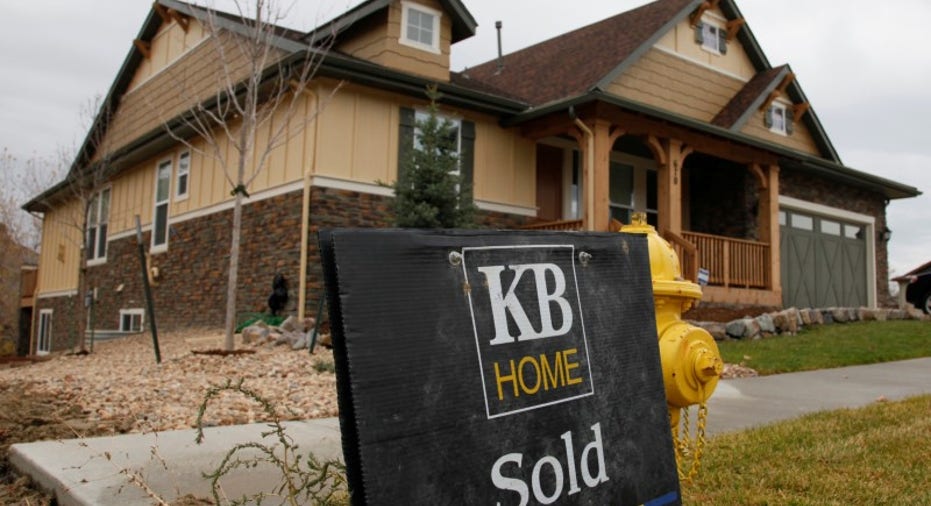US new home sales rise for second straight month

New U.S. single-family home sales increased for a second straight month in June as purchases in the West surged to a near 10-year high, but a dire shortage of properties remains an obstacle to a robust housing market recovery.
The Commerce Department said on Wednesday new home sales rose 0.8 percent to a seasonally adjusted annual rate of 610,000 units last month. May's sales pace was revised down to 605,000 units from the previously reported 610,000 units.
Economists polled by Reuters had forecast new home sales, which account for 10 percent of overall home sales, increasing 1.4 percent to a pace of 615,000 units last month. New home sales increased 9.1 percent on a year-on-year basis.
They remain less than half of what they were at the peak of the housing market bubble in 2005. Demand for housing is being driven by a strong labor market, which is near full employment.
Builders are, however, struggling to keep up amid rising lumber costs and shortages of labor and land. Housing starts are running at a 1.22 million-unit pace. That is below their historic average of 1.5 million units, a rate realtors say would eliminate the housing shortage.
With homebuilder confidence dropping to an eight-month low in July, the supply of houses is unlikely to improve. A report on Monday showed sales of previously owned homes fell 1.8 percent in June and will likely continue to tread water for the rest of the year.
In June, the inventory of new homes on the market increased 1.1 percent to 272,000 units, the highest level since June 2009. Still, new housing stock is less than half of what it was at its peak during the housing boom.
At June's sales pace it would take 5.4 months to clear the supply of houses on the market, up from 5.3 months in May. A six-month supply is viewed as a healthy balance between supply and demand.
Last month, new single-family homes sales in the West soared 12.5 percent to a 180,000 unit-rate, the highest level since July 2007. They jumped 10.0 percent in the Midwest, but fell 6.1 percent in the South. Sales were unchanged in the Northeast. (Reporting by Lucia Mutikani; Editing by Andrea Ricci)



















